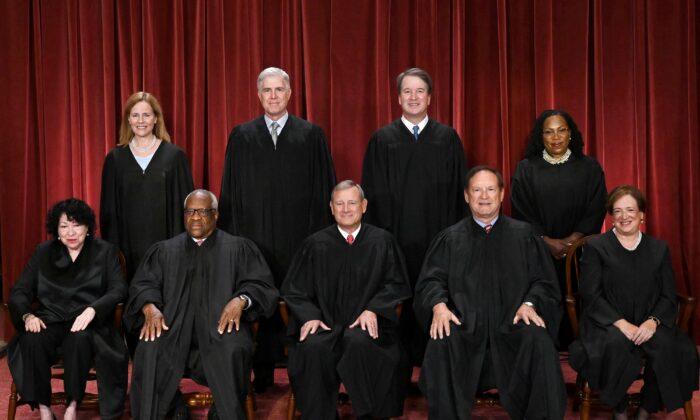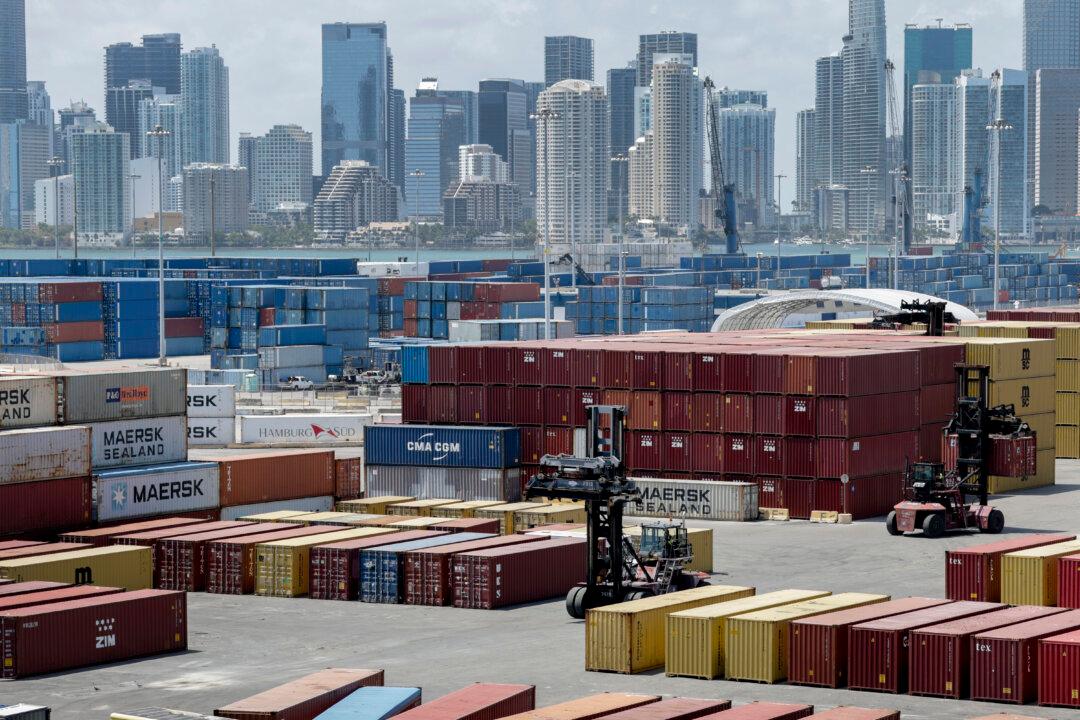The Supreme Court on Tuesday allowed Title 42, the Trump-era immigration and public health order, to remain in place for the time being.
Justices Neil Gorsuch, Sonia Sotomayor, Elena Kagan, and Ketanji Brown Jackson voted against granting the request, while Justices John Roberts, Samuel Alito, Clarence Thomas, Brett Kavanaugh, and Amy Coney Barrett voted in favor. Last week, Roberts, the chief justice, paused the plan to give the Supreme Court more time to look into the issue.
“The stay itself does not prevent the federal government from taking any action with respect to that policy,” the short, unsigned order said Tuesday. “The Court’s review on certiorari is limited to the question of intervention. While the underlying merits of the District Court’s summary judgment order are pertinent to that analysis, the Court does not grant review of those merits, which have not yet been addressed by the Court of Appeals.”
A two-page dissent, written by Gorsuch, stated that the District of Columbia Court’s “intervention ruling takes on whatever salience it has only because of its presence in a larger underlying dispute about the Title 42 orders,” adding that it is “unclear what we might accomplish.”
The 19 states had argued that lifting the policy could lead to an increase in already-record border crossings. Texas Gov. Greg Abbott, meanwhile, pleaded with the Supreme Court and other courts to keep the rule intact, warning that it would lead to a surge in illegal immigration.
The Title 42 order was first implemented in March 2020 under former President Donald Trump at the beginning of the COVID-19 pandemic. President Joe Biden kept the restrictions in place for more than a year after taking office in 2021 despite promising to shift away from immigration policies adopted by Trump.
U.S. Border Patrol agents apprehended a record 2.2 million migrants at the southwest border in the 2022 fiscal year, which ended Sept. 30, data shows. Close to half of those arrested were rapidly expelled under the Title 42 policy.
Arguments
The Biden administration sought to lift Title 42 after U.S. health authorities said in April that the order was no longer needed to prevent the spread of COVID-19, but was blocked by a Trump-appointed federal judge in Louisiana, in response to a Republican-led legal challenge.
Arguing on behalf of the administration, U.S. Solicitor General Elizabeth B. Prelogar told the nine justices that the government has recognized that lifting Title 42 would lead “to disruption and a temporary increase in unlawful border crossings” but asserted that the immigration problem “cannot be to extend indefinitely a public-health measure that all now acknowledge has outlived its public-health justification.”
GOP state officials, however, asked the high court to intervene and block the White House’s plans to scrap the rule. They said that a significant increase in illegal aliens crossing the U.S.–Mexico border would place undue burdens on their states.
The Title 42 policy allows U.S. Customs and Border Protection officials to turn asylum-seekers and illegal immigrants away for health reasons listed under the Centers for Disease Control and Prevention’s (CDC) guidelines around COVID-19.





